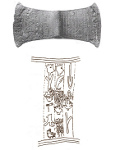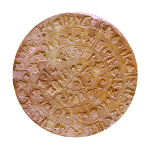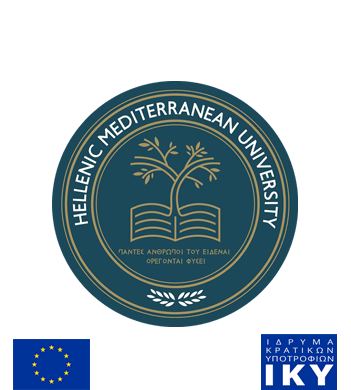“Cretan Hieroglyphic”
The “Cretan Hieroglyphic” inscription from Arkalochori
There is also a related inscription on the Malia Stone Block consisting of another 15 signs in the Minoan “Cretan Hieroglyphic” script, published by Fernand Chapouthier, which along with the Arkalochori Metal Axe both serve as an epigraphic bridge between the (in)famous Phaistos Disk and the c.330 inscriptions in the Minoan “Cretan Hieroglyphic” script. All three Minoan inscriptions, the Arkalochori Metal Axe (AMA), the Malia Stone Block (MSB) and the Phaistos Disk (PhD) would seem to be approximately contemporary in date, i.e, from the 17th century B.C.
This Minoan inscription is from the Cave of Arkalochori which seems to have been religious in use from the Pre-Palatial Period and was sacred to the Mother Goddess who was offered votive double axes and swords, including one over one metre in length, the longest votive sword in Europe.








